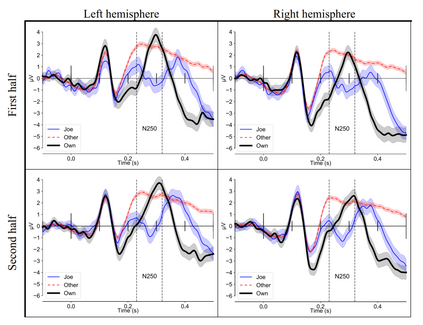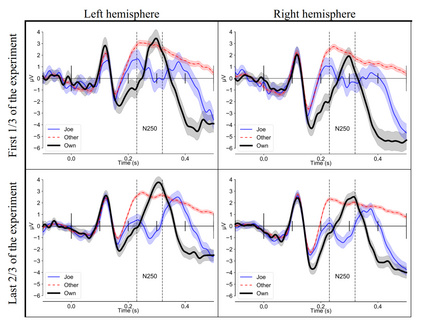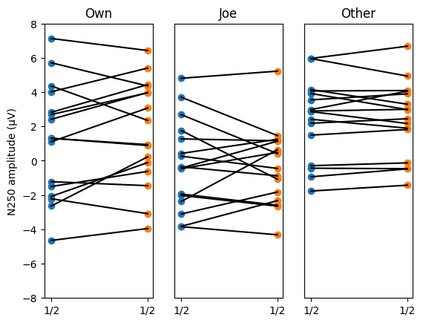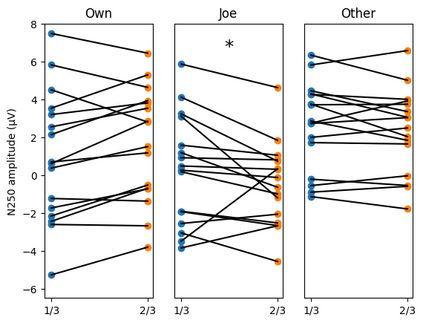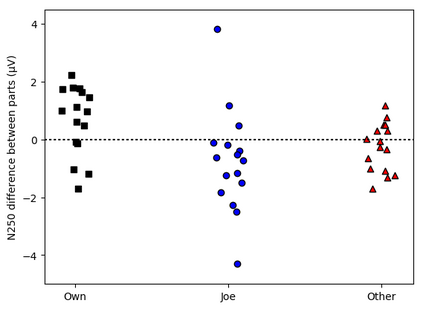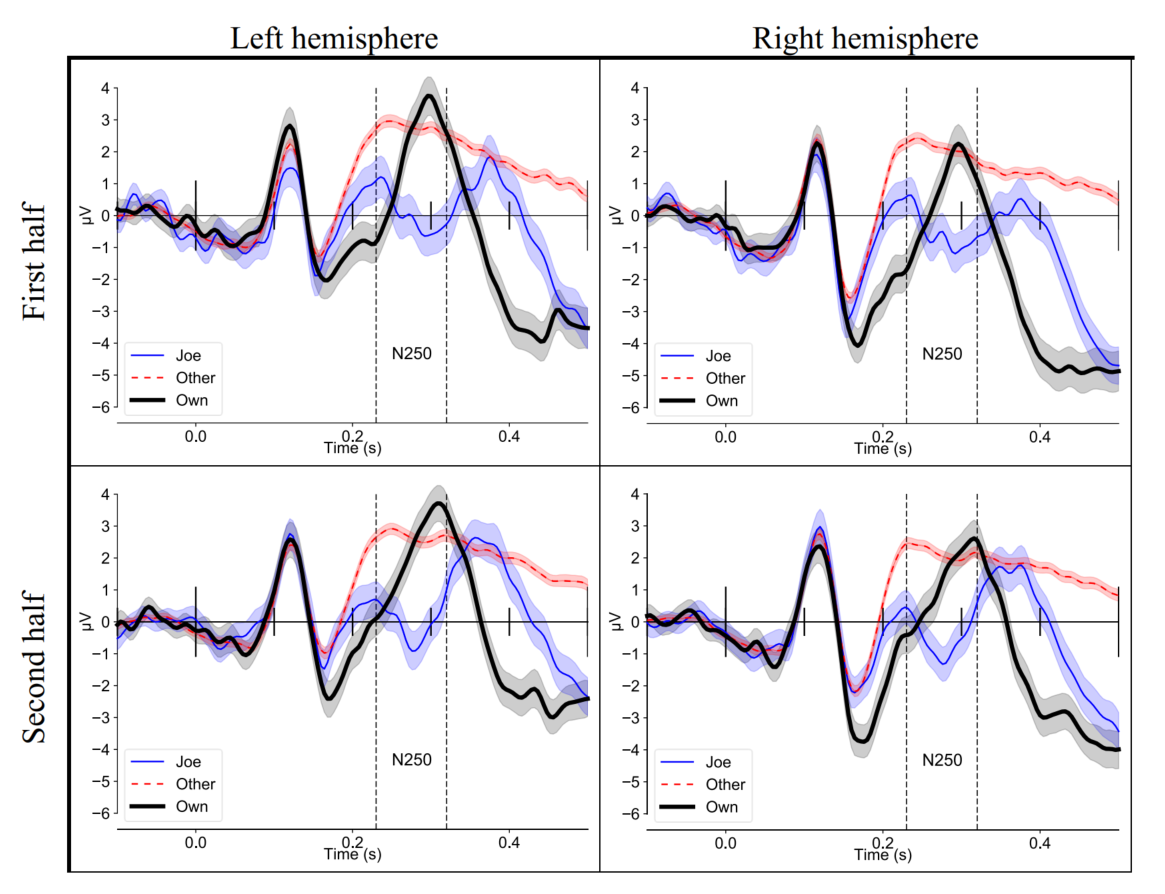The neural correlates of face individuation - the acquisition of memory representations for novel faces - have been studied only in coarse detail and disregarding individual differences between learners. In their seminal study, (Tanaka, Curran, Porterfield, & Collins, 2006) required the identification of a particular novel face across 70 trials and found that the N250 component in the ERP became more negative from the first to the second half of the experiment, where it reached a similar amplitude as a well-known face. We were unable to directly replicate this finding in our study when we used the original split of trials. However, when we applied a different split of trials we observed very similar changes in N250 amplitude. Then, we developed and applied a new two-step explorative-confirmative non-parametric method based on permutation testing to determine the time course of face individuation in individual participants based on single-trial N250 amplitudes. We show that the assumption of a steep initial increase of N250 amplitude across multiple presentations of the target face, followed by a plateau, yields plausible results in fitting linear trends for most participants. The transition point from initial acquisition to the plateau phase differed strongly between participants and tended to be earlier when performance in target face recognition was better. Hence, face individuation may be accounted for by a biphasic process of early, fast acquisition, followed by a slower, asymptotic consolidation or maintenance phase. The current approach might be fruitfully applied to further investigations into face individuation and their neural correlates
翻译:面部裸露的神经相关神经关系——为新面孔获取记忆表征——仅以粗略的细节研究,而无视学员之间的个人差异。在他们的开创性研究中,(Tanaka、Curran、Porterfield和Collins,2006年)需要查明70个试验中的某一特定新面孔,发现企业资源规划中的N250部分从试验的上半部到下半部变得更为负面,在试验中,它达到一个众所周知的表情。当我们使用最初的分解试验时,我们无法直接复制我们的研究中的这一发现。然而,当我们使用不同的分解试验时,我们观察到了N250度变化非常相似的变化。随后,我们开发并应用了一个新的两步调异的共性非分辨方法,在70个试验中,我们发现,根据一次试验的第一至下方的表情显示,单个参与者的面部相向下方的面部位开始急剧上升,从最初的面部位向前方位调整,到最前方的直线性趋势在最初的阶段形成更接近。

